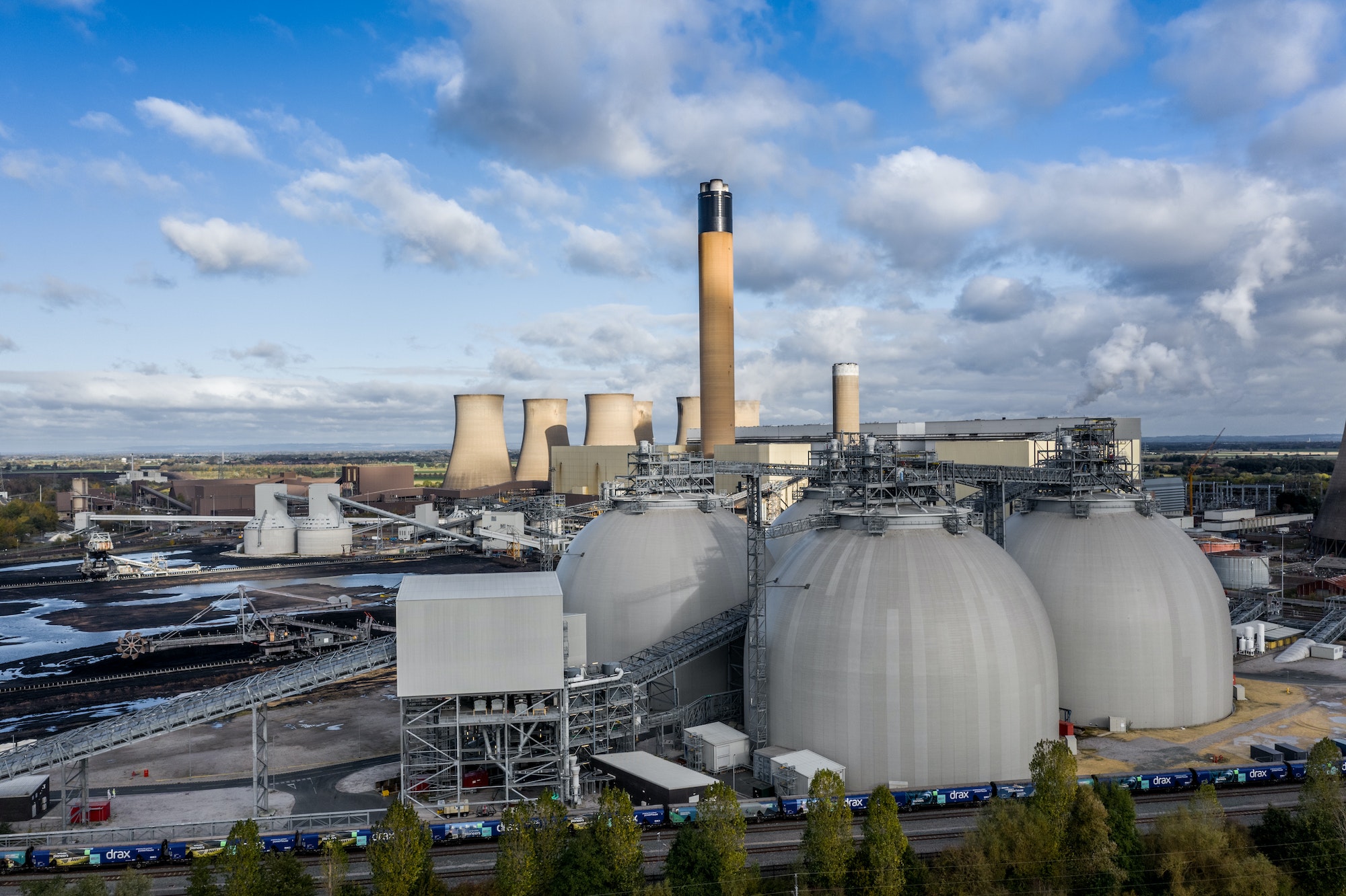

Change Is Coming
Full week of news, heading into the holiday weekend. Let’s jump in.
California voted to require all new cars sold in California to be electric or plug-in hybrid by 2035.
This matters because California has a huge population. If it were a country, it would rank 34th in the world.
There are more people in California than in Canada or Australia.
That means it sells A LOT of cars. So, phasing out new gas and diesel cars will have a material impact on auto sales. It’s a large incentive for car companies to move in that direction too.
That supports our basic thesis at New Energy.
Change is coming, folks.
And we can be dragged there, kicking, and screaming…or we can go willingly and put some money to work as it happens. After a decade and a half of analysis, I’ve learned not to fight a trend.
As I say often, the money is too big and the players too serious for this to be a fad. And the evidence for that keeps piling up. Here are a few more examples.
China’s giant $70.6 billion oil company Sinopec just turned on the country’s largest carbon capture plant. And it plans to build two more like it by 2025. The project captures carbon dioxide from its Qilu oil refinery. It then injects the carbon dioxide into 73 oil wells nearby.
This is actually a form of oil recovery. Oil fields are like soda cans. Initially, they are full of gas. That pressurizes the oil (think the iconic gushers). But after a while, the field goes flat and has to be pumped. By injecting carbon dioxide into the old field, Sinopec can rejuvenate the field and sequester that carbon.
The company estimates the field can take 10.68 million metric tons of carbon dioxide in fifteen years. And they aren’t the only group investing big dollars to reduce carbon dioxide emissions.
Japan’s JFE Steel, the second largest steel maker in the country, will spend $7.2 billion over the next eight years to reduce its carbon footprint. The plant will retrofit its technology with low-carbon options. The goal is to cut its output by 30% from its 2013 output by 2030.
The changes include electric arc furnaces that can recycle scrap steel, carbon capture, and storage.
These three examples add up to many billions of dollars invested for the future. That money will go directly to manufacturers. It’s market-based economic stimulus. And we can use this information to position our investments appropriately.
At New Energy, we see the value in basic materials first.
That’s why we own copper, uranium, and renewable energy right now. But we are expanding our scope to take advantage of this trend. We want to find new, innovative companies that are meeting this changing market.
I’m excited to share this research with you. Have a great holiday weekend!
Sincerely,
Matt Badiali
P.S.: If you have any questions or just want to say “Hi”, drop us a line at wecare@mangroveinvestor.com. I’ll respond to questions in next week’s update.


